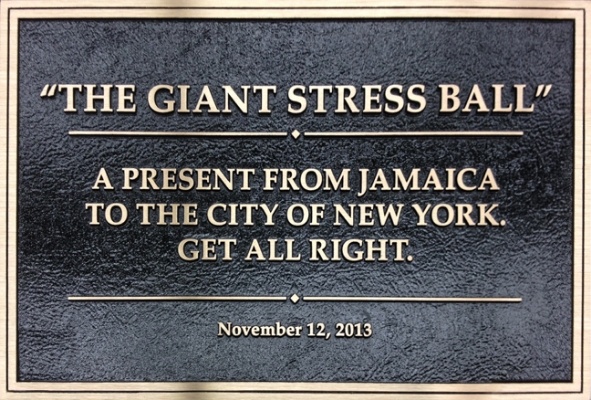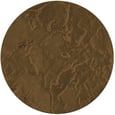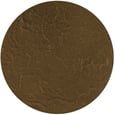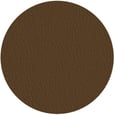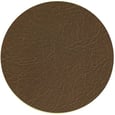Determining the Proper Metal for your Plaque Project
After browsing through various plaques online and in your neighborhood, you have very likely come across both bronze and aluminum plaques. Both plaque types are very popular and are used for both indoor and outdoor use, for traditional and unique purposes. Masterwork Plaques creates both cast aluminum and cast bronze plaques at our studio, and each plaque is custom-made to your liking. After working with each metal type over the years, we would recommend aluminum and bronze plaques for different applications.
CAST BRONZE PLAQUES
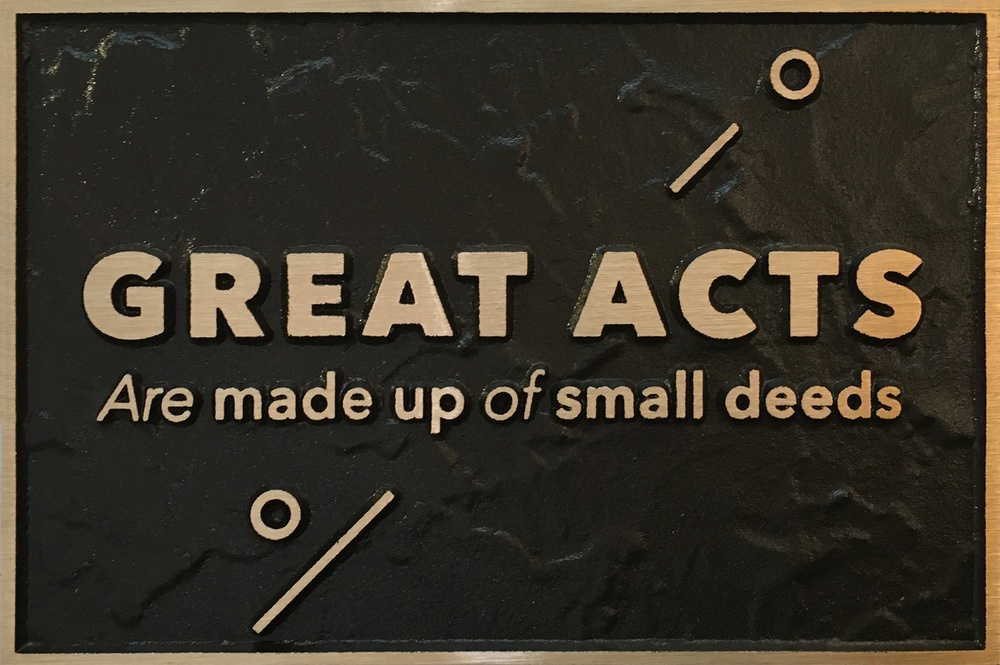
The benefit of a cast bronze plaque is its exceptional durability. Bronze is an alloy made primarily of copper and tin. It is stronger and harder than any other common metal alloy, with the exception of stainless steel. This makes a cast bronze plaque an ideal choice for exterior plaques used as standard signage, commemorative plaques, memorials and plaques that are inset into the ground. Cast bronze will hold up well against a variety of weather conditions and is finished with a clear lacquer for extra protection. If you are looking for a plaque installed under foot, bronze plaques hold up well under heavy foot traffic. Bronze is also the most traditional material used for plaques, so this metal type will give your project a look of class, distinction and strength. Bronze plaques have a recognizable luster created by the application of a true chemical patina, which holds up better than a paint or stain.
Benefits of Cast Bronze:
- Durability and strength
- Classic, traditional look
- Ability to hold fine detail
- Rich luster and chemical patina
- Wall installation and in-ground installation
CAST ALUMINUM PLAQUES
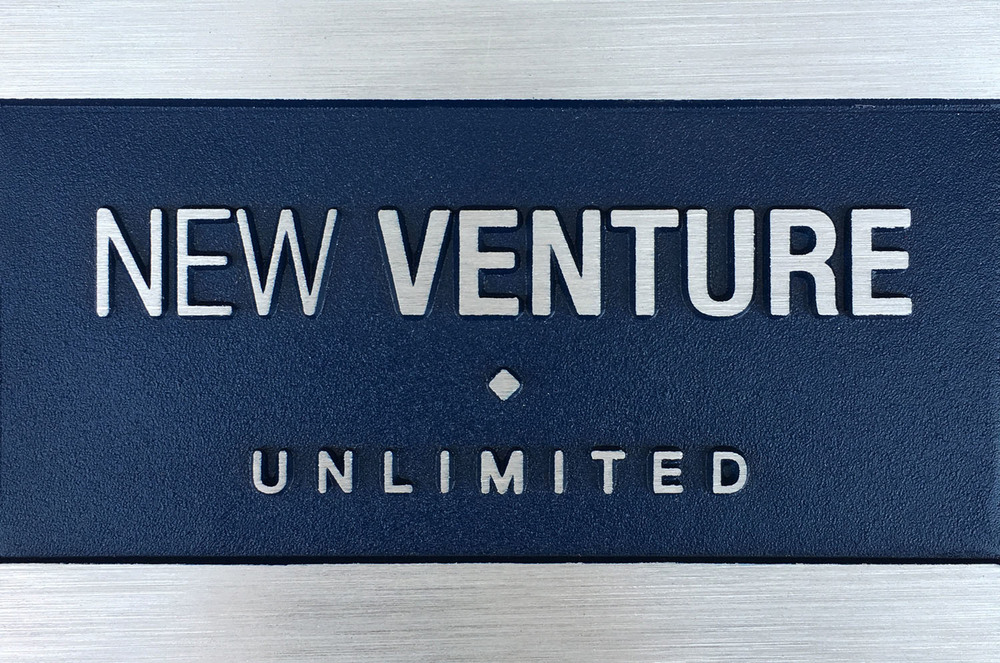
Cast aluminum plaques have unique benefits of their own. Although aluminum is a much softer metal, it is significantly lighter in weight than cast bronze, while still retaining the ability to hold up well against a variety of weather conditions. The silver coloring of aluminum plaques also has a sleek, contemporary look, perfect for modern buildings with a materials palette of glass and steel. Aluminum is durable enough for both interior and exterior plaque installations, and can be mounted to just about any type of wall, stone or platform, as can bronze. However, because of the softness of the metal, aluminum plaques are not recommended for plaques that are inset into the ground or installed in very high-usage areas. At our studio, cast aluminum is a great alternative to a bronze plaque if you are looking to create a large durable plaque on a smaller budget. The background of an aluminum plaque can be painted virtually any color, making it a nice choice for corporate logo plaques or other graphic signs where the company’s colors are integral to the overall design.
Benefits of Cast Aluminum:
- Lightweight metal
- Budget friendly
- Contemporary, silver coloring
- Colored backgrounds
- Wall-only installation
For more information on the metal types we offer at our studio, check out our material options on our website.
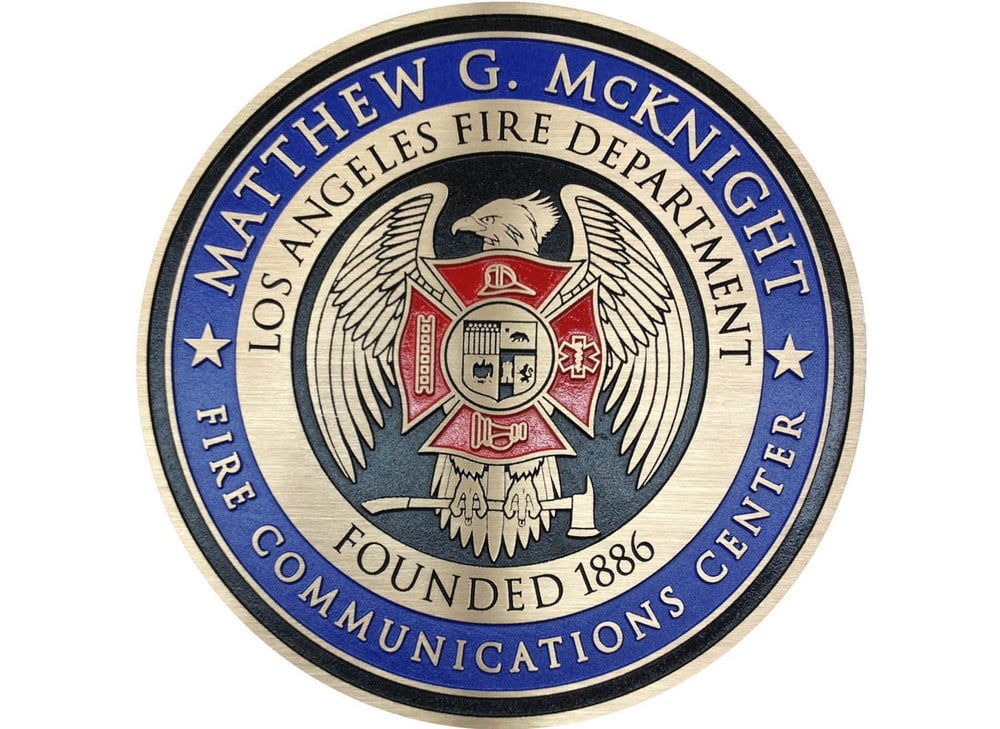

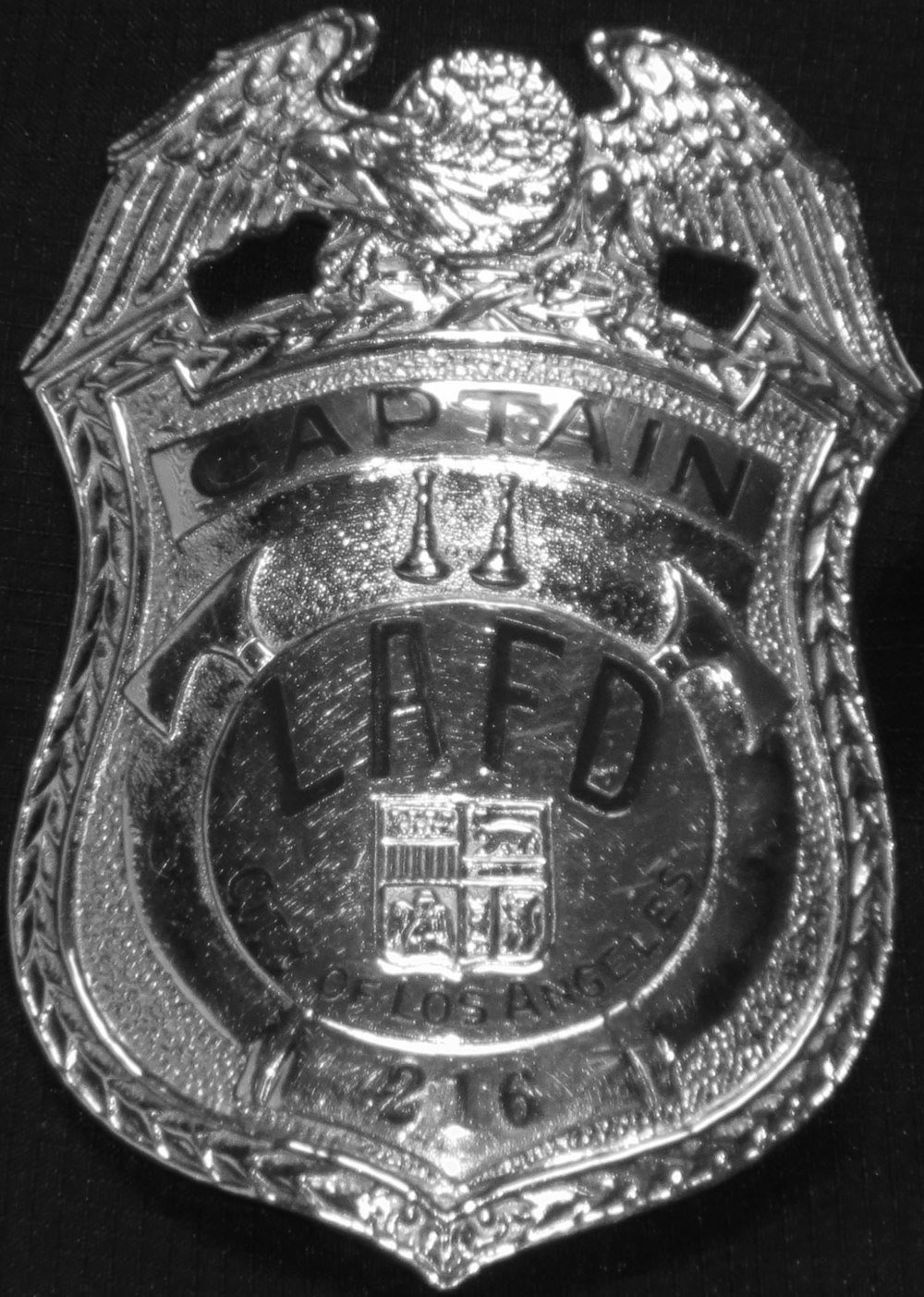 LAFD Badge, Photograph courtesy of the LAFD
LAFD Badge, Photograph courtesy of the LAFD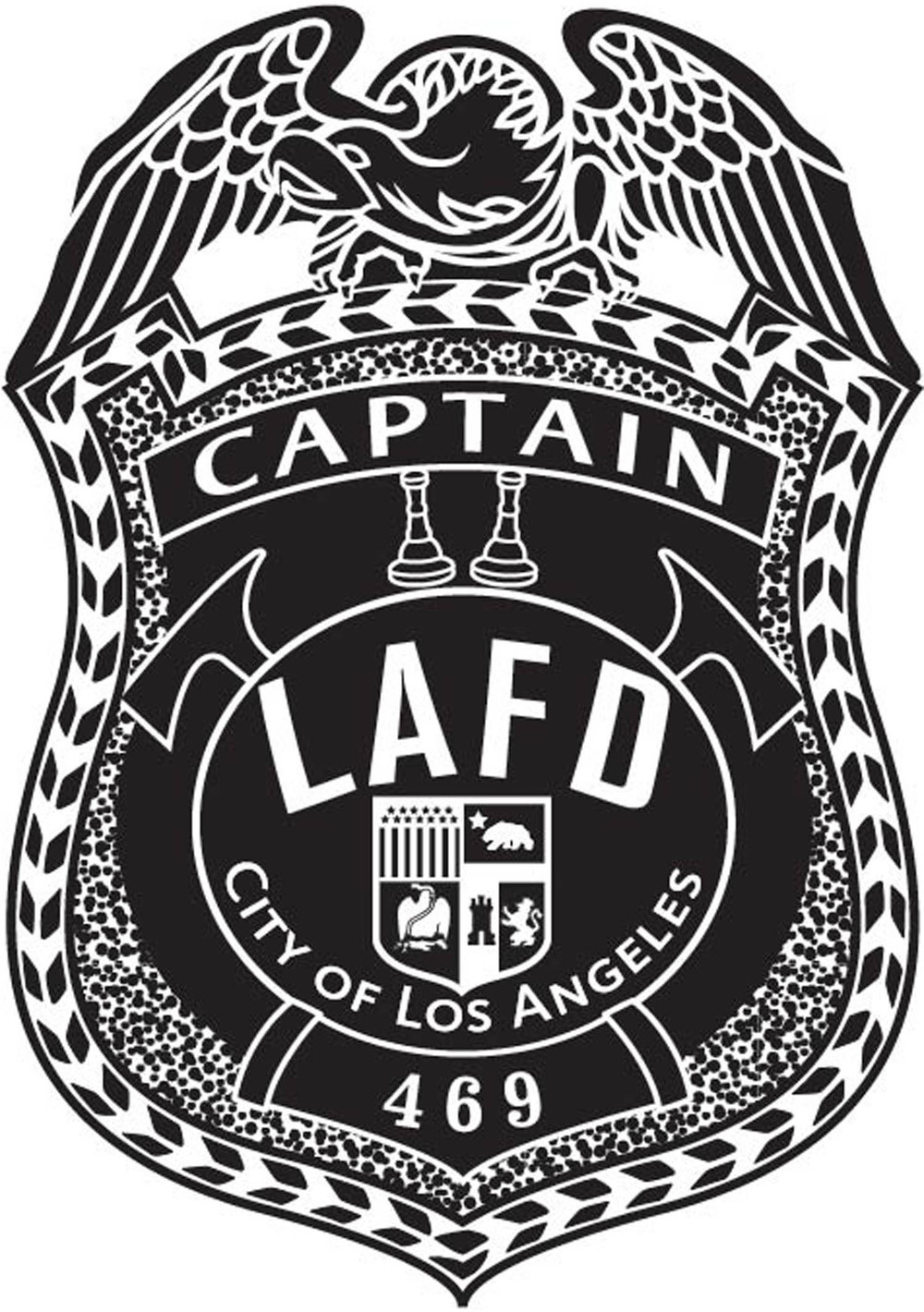 Studio Illustration with McKnight's badge number
Studio Illustration with McKnight's badge number
